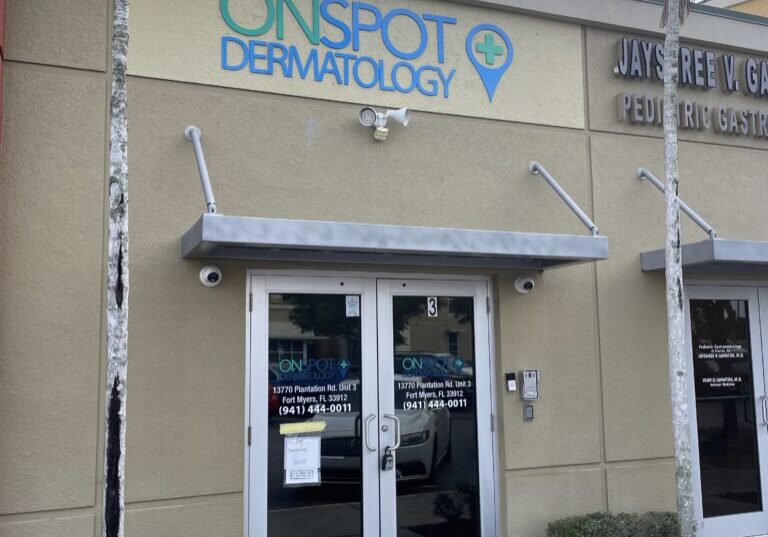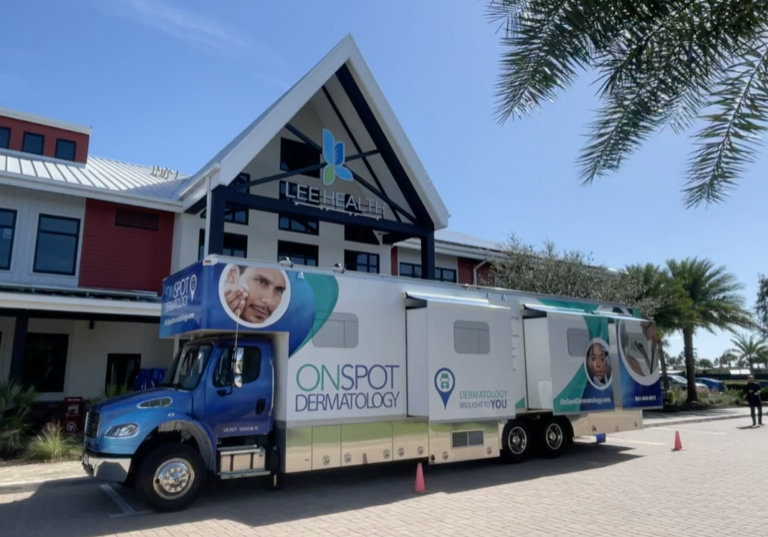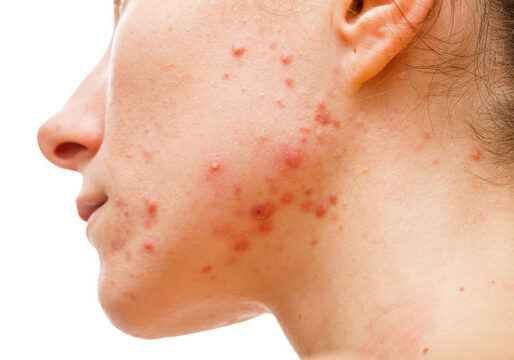Skin education
It's very important to stay educated on skin health. See the resources below for more information.
Additional skin education resources
The Skin Cancer Foundation, American Academy of Dermatology, and the American Cancer Society are all incredible resources for skin education. The buttons below will take you to their websites.
Subscribe to OnSpot's newsletter
Sign up with your email address to receive news and updates.





